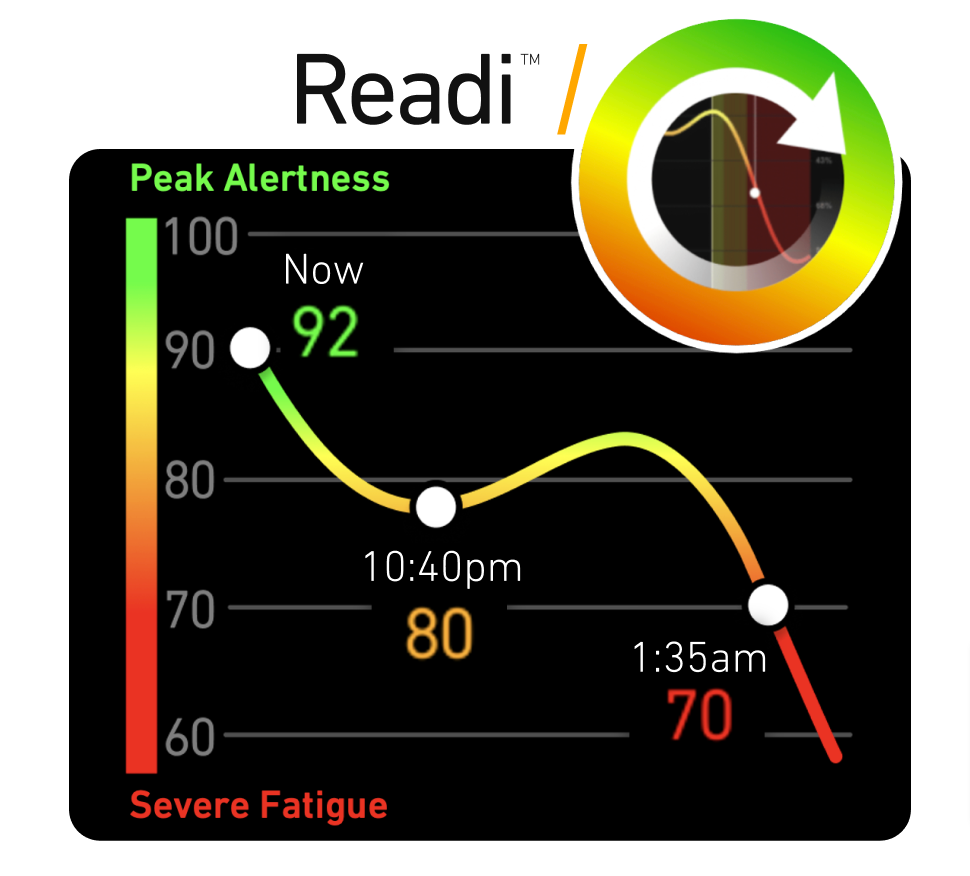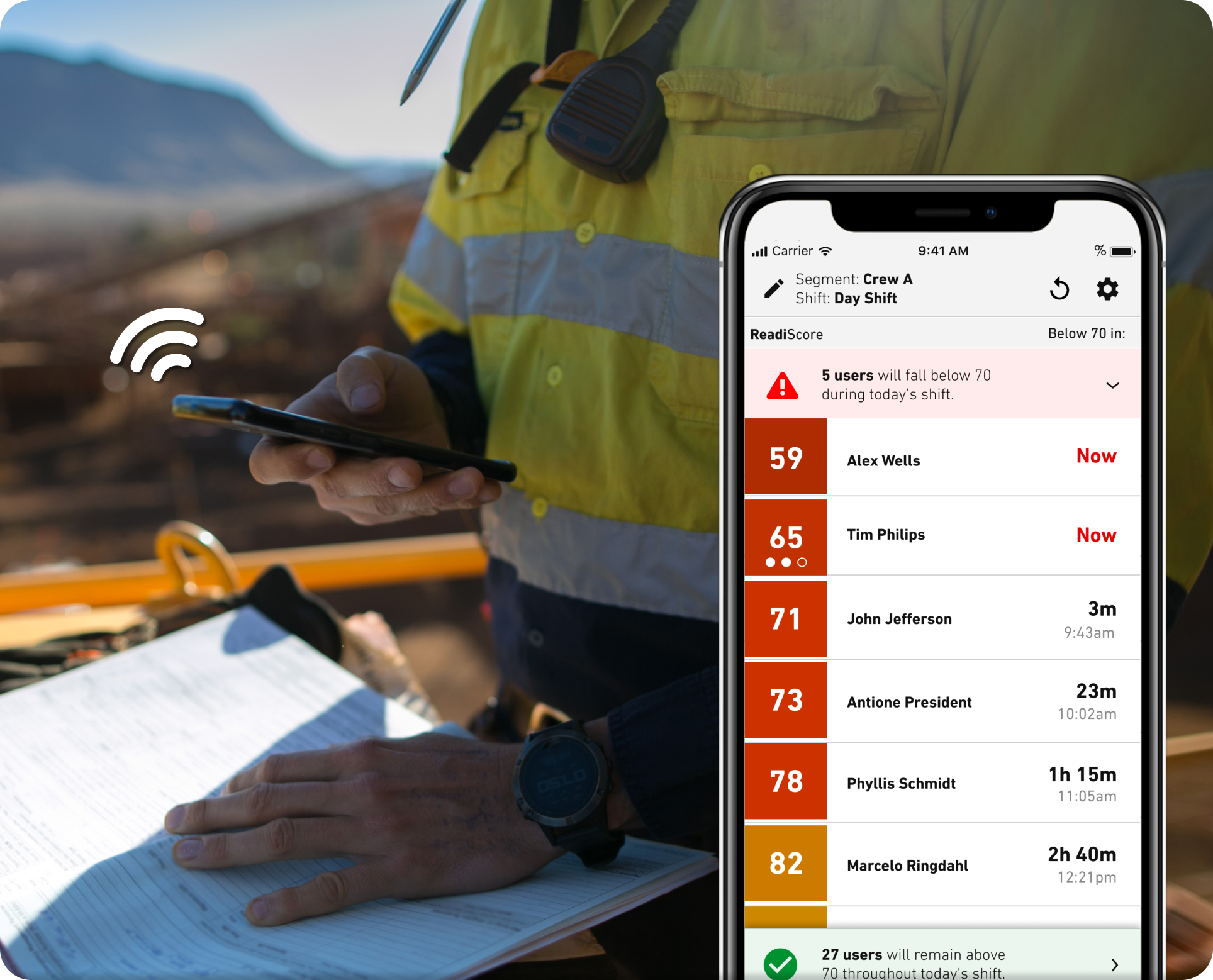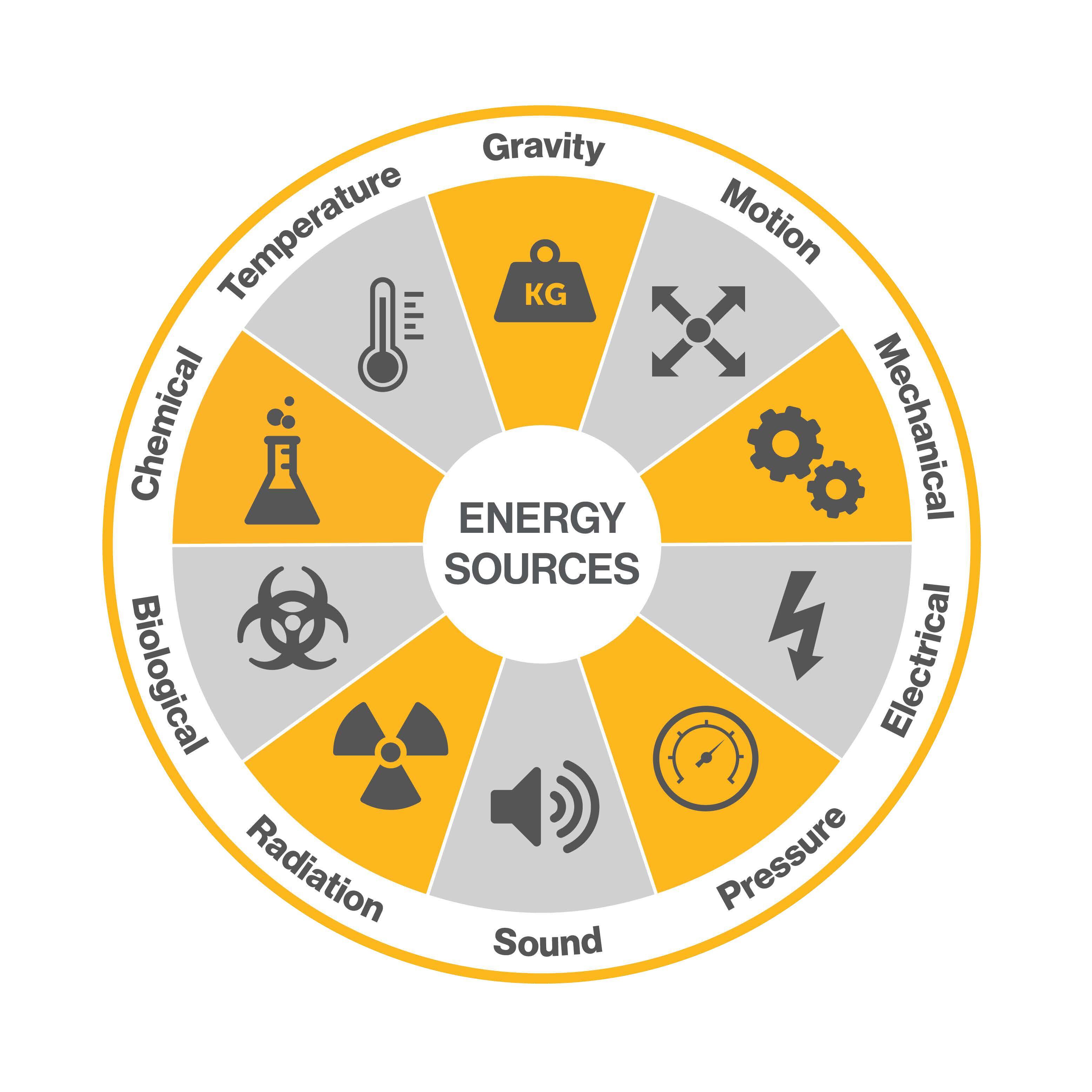Night Shift Fatigue Management: 10 Actionable Strategies for Health and Safety Leaders Managing Night Shift Teams
Summary
-
Night shift fatigue management reduces accidents, improves productivity, and supports employee well-being.
-
Readi’s AI-powered predictive platform identifies fatigue up to 30 days in advance, improving shift safety without wearables.
-
Strategies include sleep hygiene, environment optimization, and proactive scheduling with tools like Readi.
-
Fatigue affects mental health, cognitive performance, and physical safety, especially in mining, logistics, and manufacturing.
-
Teams using Readi have seen fewer fatigue incidents and annual safety and productivity gains.
What is Night Shift Fatigue Management?
Night shift fatigue management involves implementing fatigue mitigation strategies and technologies to help workers stay alert, healthy, and safe during non-traditional work hours. Managing night shift fatigue syndrome requires more than education—it demands proactive, data-driven solutions to address risks before they escalate.
One of the most effective tools is Readi, a fatigue risk management system that predicts individual fatigue levels based on recent sleep and shift data. Unlike wearable devices or camera-based monitoring, Readi requires no connectivity, hardware, or behavioral surveillance—making it privacy-compliant and union-approved.
Statistics on Night Shift Fatigue Risks
-
Fatigue contributes to up to 40% of transportation incidents (NHTSA)
-
Night shift workers are 2x more likely to be injured on the job (NCBI)
-
Sleep deprivation results in slower reaction times and poor decision-making (PMC)
-
Only 59% of night shift workers get 7+ hours of sleep (CDC)
These numbers highlight the critical need for effective fatigue risk management in 24/7 industries.
Industries at Risk of Night Shift Fatigue
Sectors operating around the clock are especially vulnerable:
-
Mining: Fatigue impairs heavy equipment operation, often in hazardous terrain.
-
Logistics & Transportation: Long-haul routes and early morning dispatches increase drowsy driving risk.
-
Utilities & Energy: 24/7 monitoring and maintenance demands challenge natural circadian rhythms.
-
Manufacturing & Processing: Night shift errors can lead to safety violations or costly product defects.
Assessment of Night Shift Fatigue Risk
Key ways to assess fatigue risk:
-
Sleep history and irregularity of shift changes
-
Rate of near-miss incidents or micro-sleeps
-
Cognitive alertness indicators and wellness surveys
Readi automates this by generating ReadiScores, hour-by-hour fatigue predictions derived from validated biomathematical models, giving supervisors actionable insights before a shift begins.

Metrics to Track Night Shift Fatigue
-
ReadiScore averages (0–100 scale)
-
Number of predicted high-risk shifts per week
-
Intervention rates (e.g., shift reassignment or breaks)
-
Task productivity vs. fatigue levels
-
Alarm frequency from reactive systems (e.g., in-cab cameras)
How to Implement Night Shift Fatigue Management
1. Create a Consistent Sleep Schedule
Help employees maintain a regular sleep cycle—even on days off. Managing sleep after night shift routines builds long-term sleep resilience.
Provide education about circadian rhythms and the importance of going to bed at the same time each day. Workers should also use blackout curtains and white noise machines to simulate nighttime conditions. These sleep tips for night shift workers can make a measurable difference in long-term health.
2. Optimize the Work Environment
Use lighting that mimics daylight and regulate temperature. Schedule strategic breaks to restore energy and mitigate alertness dips.
Adjust brightness and ambient noise to minimize drowsiness. Offer dedicated rest spaces or quiet zones for brief recharge periods. Implementing these night shift health tips can support sustained alertness and reduce fatigue-related errors.
3. Educate on Sleep Hygiene
Provide sleep tips for night shift workers, such as dark, quiet sleep spaces and reduced caffeine/electronics before rest.
Help workers develop pre-sleep routines—avoiding screens, caffeine, and large meals within three hours of bedtime. Promote apps or programs that help guide proper sleep habits. This sleep hygiene for night workers is a foundational piece of effective fatigue management strategies.
4. Implement Strategic Napping
Encourage short naps (10–20 minutes) during breaks. Educate workers on avoiding sleep inertia after longer rest.
If your operation allows, designate safe and comfortable nap areas. Supervisors should be trained on when and how to schedule restorative rest into a shift. This approach supports both night shift productivity and safety.
5. Encourage Healthy Nutrition
Support hydration, avoid sugar spikes, and provide guidance on night shift meal planning to sustain energy.
Stock break areas with light, nutritious options. Avoid vending machines filled with high-sugar snacks and caffeinated energy drinks.
6. Promote Regular Exercise
Short walks or light stretching before or during shifts improve circulation and alertness.
Offer short wellness breaks during shifts. Encourage workers to take walks during sunrise to reset circadian rhythms naturally.
7. Monitor Health and Well-being
Track health impacts and intervene early. Provide access to mental health resources and health checks.
Incorporate wellness check-ins or surveys into weekly routines. Leverage telehealth platforms and Employee Assistance Programs to offer round-the-clock support. Addressing the effects of night shifts on health ensures long-term workforce stability.
8. Foster Work-Life Balance
Encourage time off and activities that reduce stress. Support flexible schedules when possible.
Offer family-friendly scheduling or comp time after consecutive night shifts. Promote activities that encourage mental relaxation, like meditation, creative hobbies, or social events. Promoting night shift work-life balance is a major contributor to employee retention.
9. Use Fatigue Management Technology
Integrate predictive tools like Readi to identify and act on high-risk fatigue windows. Readi calculates personalized ReadiScores using AI—no wearables or live monitoring required. Compared to driver fatigue alarms, Readi:
-
Predicts fatigue up to 30 days in advance
-
Avoids privacy/union concerns
-
Requires no hardware
-
Reduces alarm fatigue by 58% when paired with in-cab cameras
Comparison Table
| Feature | Driver Fatigue Alarms | Readi Predictive Platform |
|---|---|---|
| Detection | Reactive | Predictive |
| Requires Monitoring | Yes | No |
| Privacy Risks | High | Low |
| Alerts | Alarms | ReadiScore + Supervisor UI |
| Shift Planning | No | Yes |
| Reduces Alarm Fatigue | No | Yes |
| ROI Evidence | Limited | Up to 5x ROI |
10. Supportive Management Practices
Train managers to talk openly about fatigue. Equip teams with tools and resources to succeed.
Create a feedback culture where employees can express fatigue concerns without fear of punishment. Offer regular training sessions on the impact of fatigue and how technology like Readi can empower smarter decisions.
The human body is naturally inclined to sleep at night, and overriding that rhythm leads to sleep deprivation, hormonal imbalances, and reduced cognitive function. A comprehensive fatigue management approach must address both biological and environmental factors.
FAQ
1. What are the best strategies for managing fatigue while working night shifts?
Combine lifestyle changes like consistent sleep and healthy nutrition with predictive tools like Readi. Readi helps safety teams proactively identify when workers are at risk before the shift begins, unlike reactive systems that only trigger once signs of fatigue appear.
2. How can night shift workers improve their sleep quality?
Improving sleep hygiene—such as reducing screen time before bed and using blackout curtains—is essential. Readi supports these efforts by showing how changes in sleep routines affect fatigue risk, helping workers and managers make data-informed improvements.
3. What are the health risks associated with long-term night shift work?
Chronic night shift work can lead to cardiovascular disease, diabetes, and mood disorders. Readi's long-range fatigue forecasting helps teams modify shift patterns early to prevent chronic fatigue buildup that contributes to these health issues.
4. How does night shift work affect mental health?
The disruption of circadian rhythms can result in sleep disorders, depression, and anxiety. Readi provides workers and supervisors with visibility into upcoming high-risk days, allowing proactive adjustments and support for mental wellness.
5. What lifestyle changes can help mitigate night shift fatigue?
Incorporate exercise, strategic naps, balanced meals, and consistent sleep timing. Readi helps reinforce these behaviors by linking them to measurable outcomes like ReadiScore improvements and fewer fatigue-related incidents.
Related Posts
-
Shifting From Reactive Dash Cam Safety to a Proactive Safety StrategyDash cams are now common across trucking fleets, mine sites, and people-transport operations. They help reconstruct incidents,...
-
Why Fatigue Risk Management Is Becoming a Strategic Priority in Safety-Sensitive IndustriesFatigue has always existed in safety-sensitive industries. What has changed is how well we can see it and how quickly it can be...
-
How Energy-Based Hazard Recognition Reduces Risk in Mining Safety (And How Readi Amplifies the Impact)Summary In mining operations, hazard recognition is the frontline of safety. Yet, studies show that workers identify less than...




